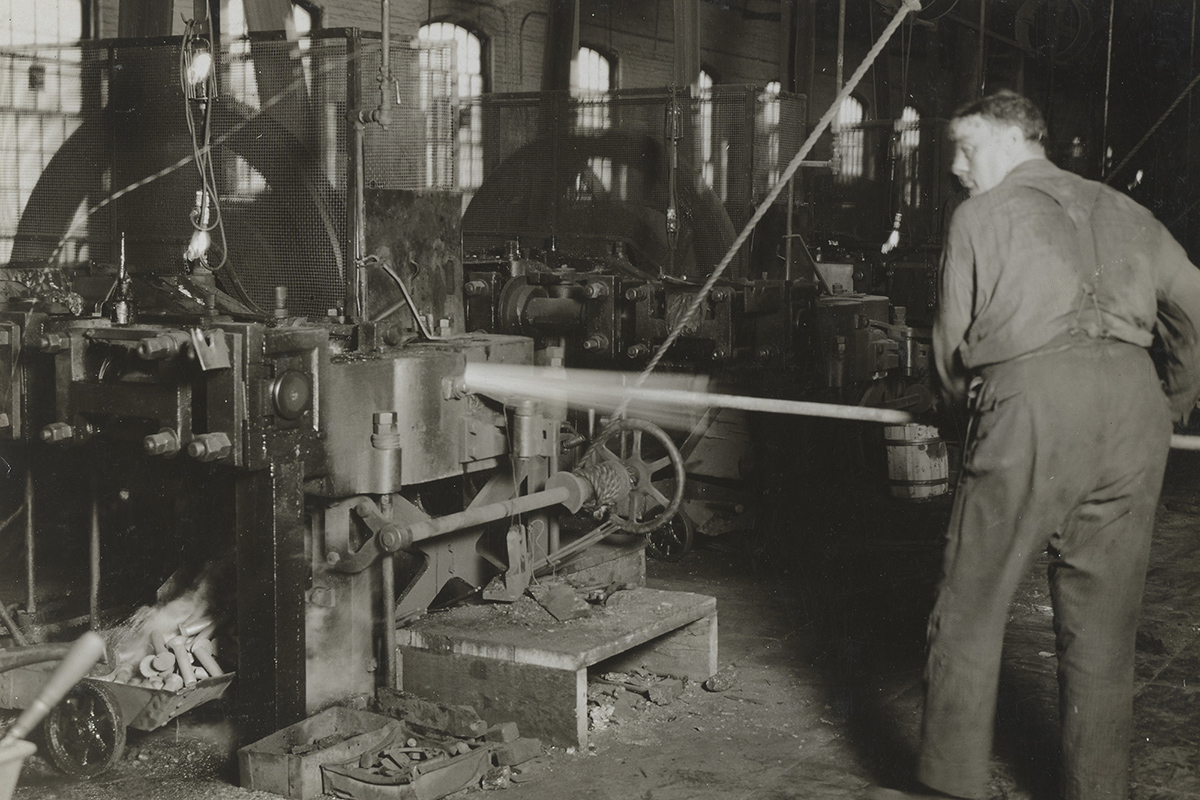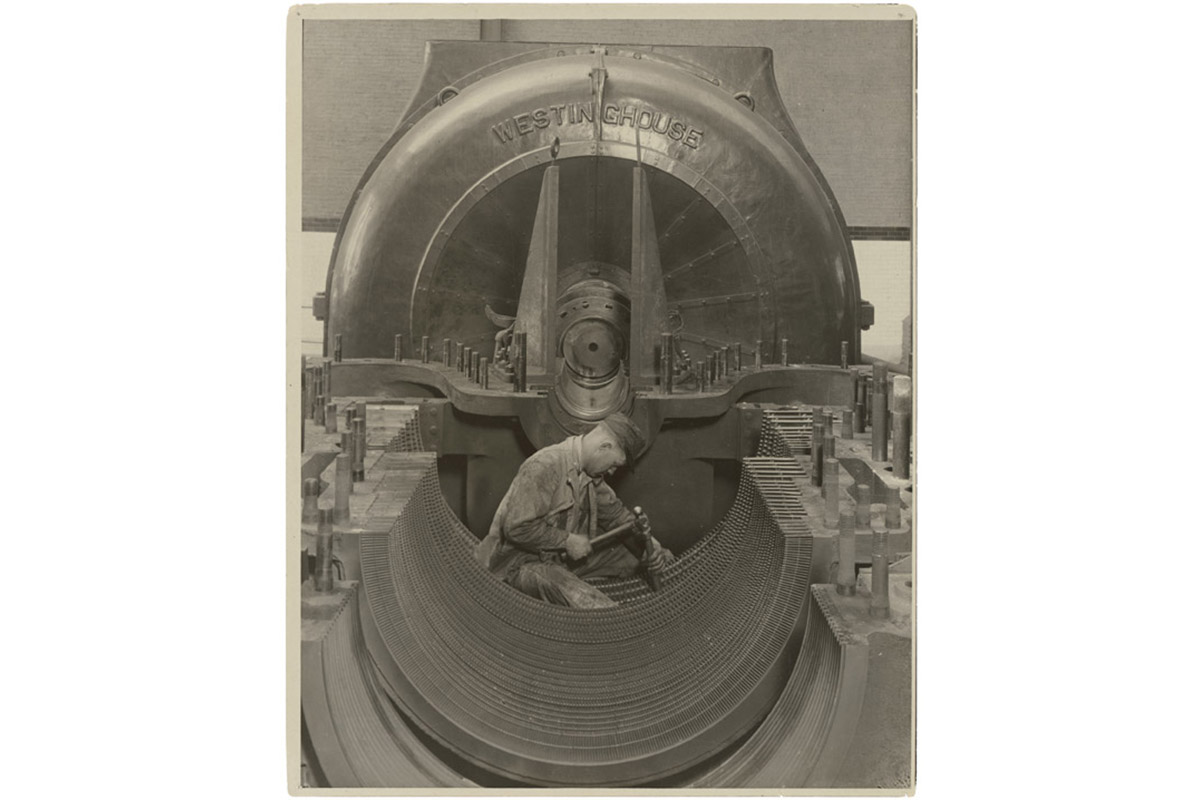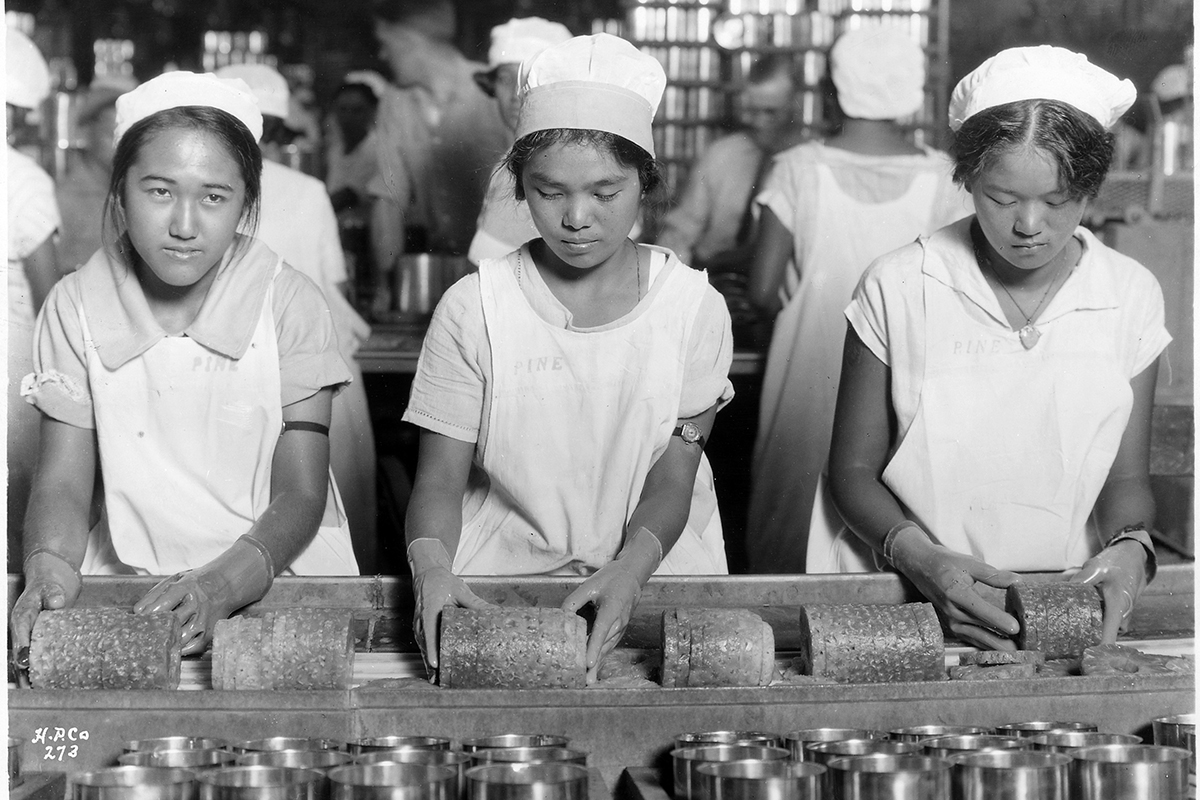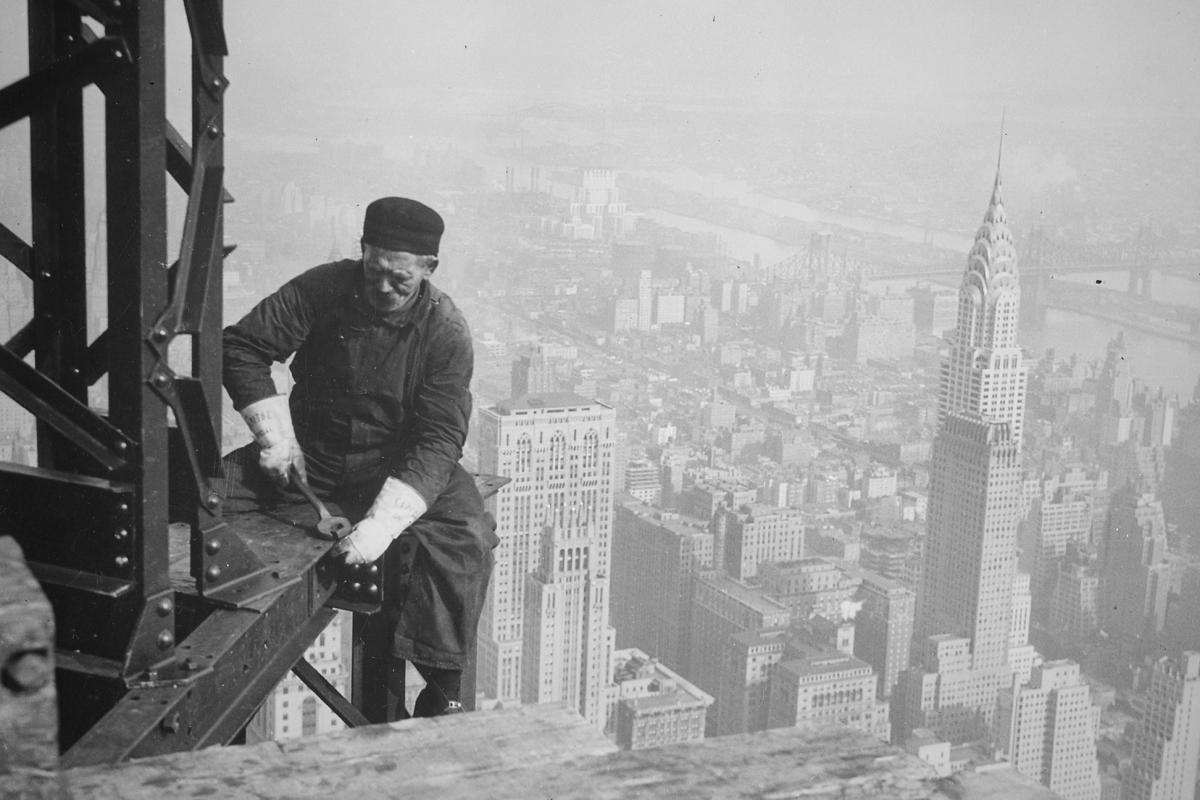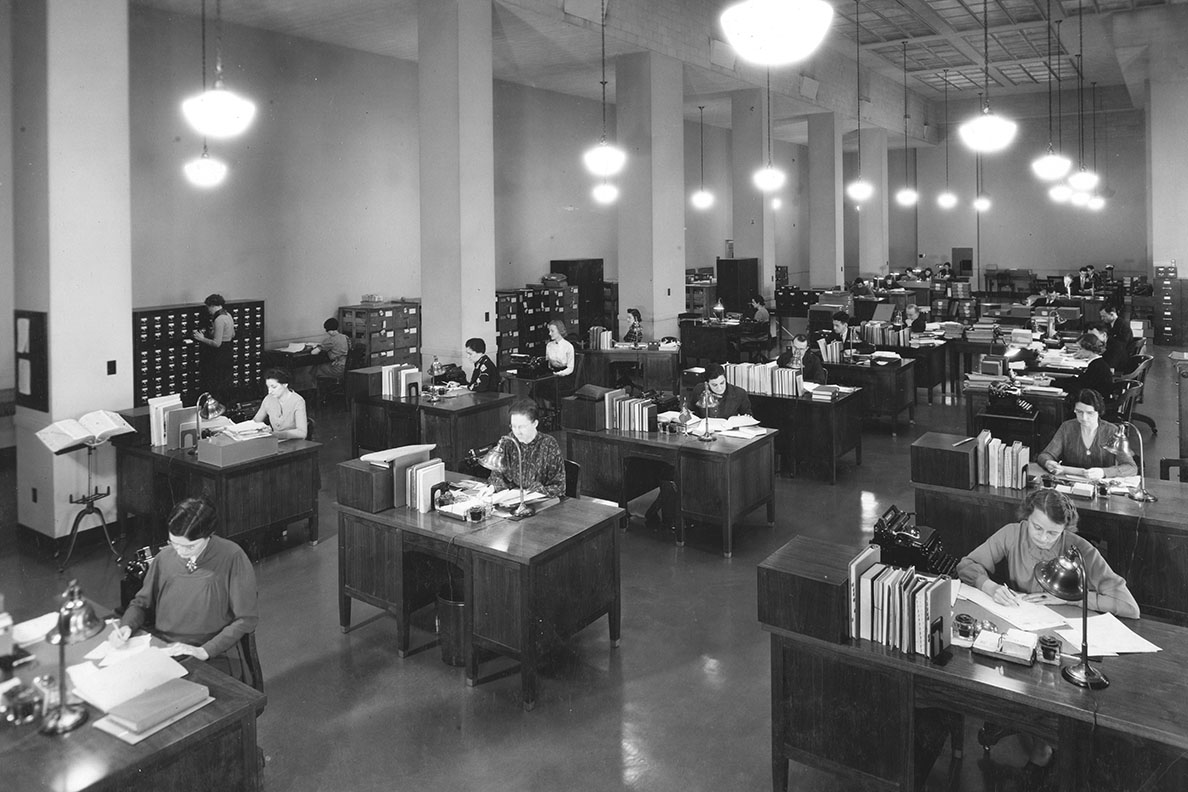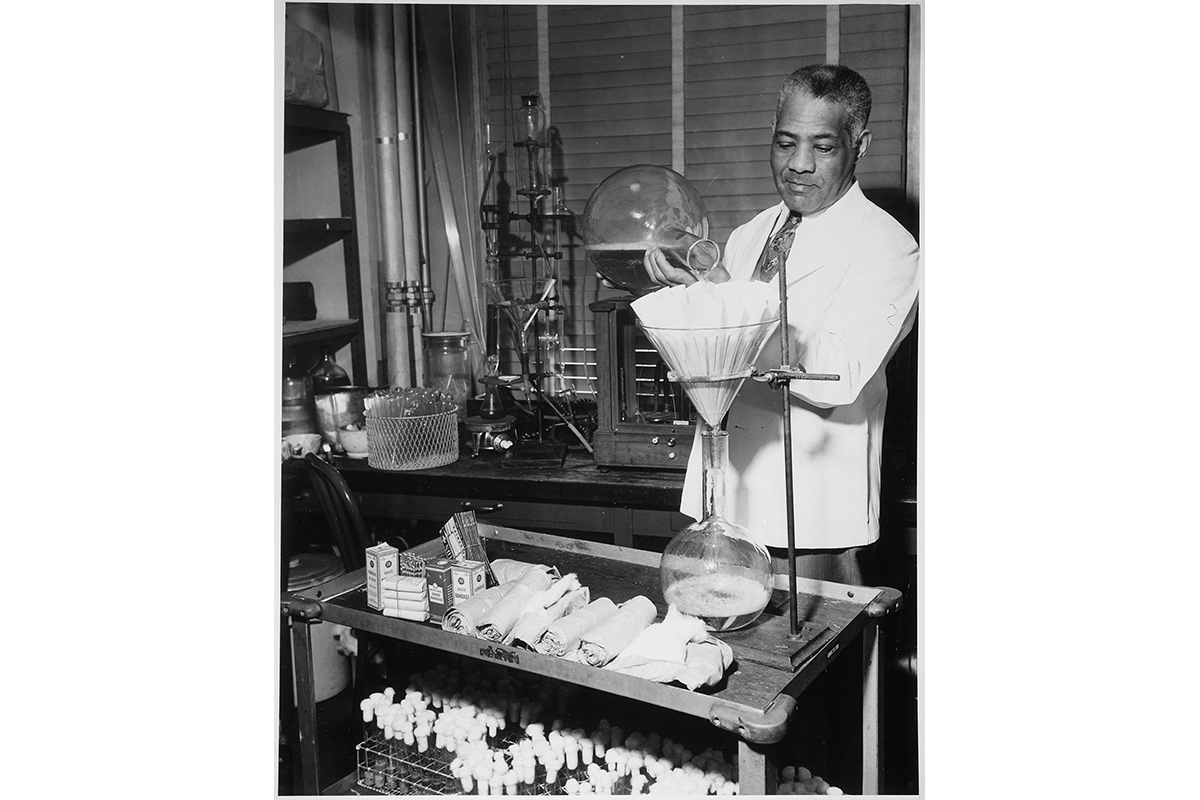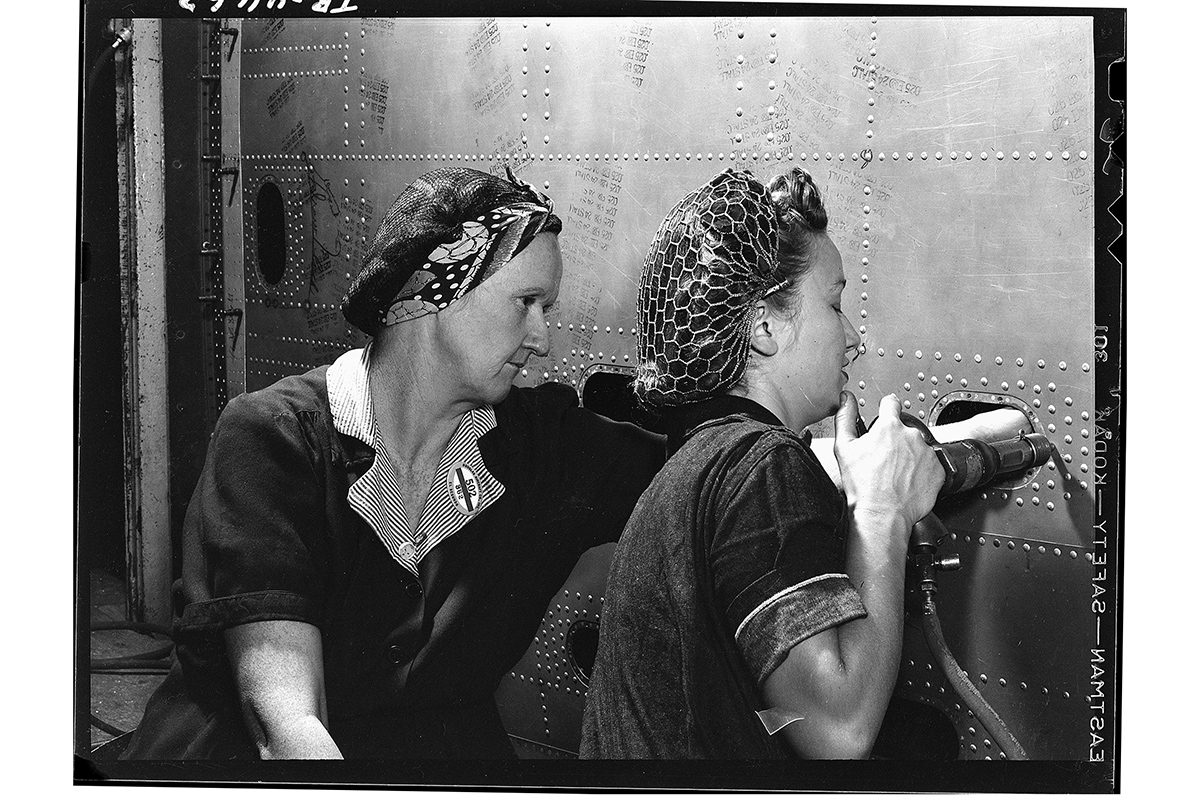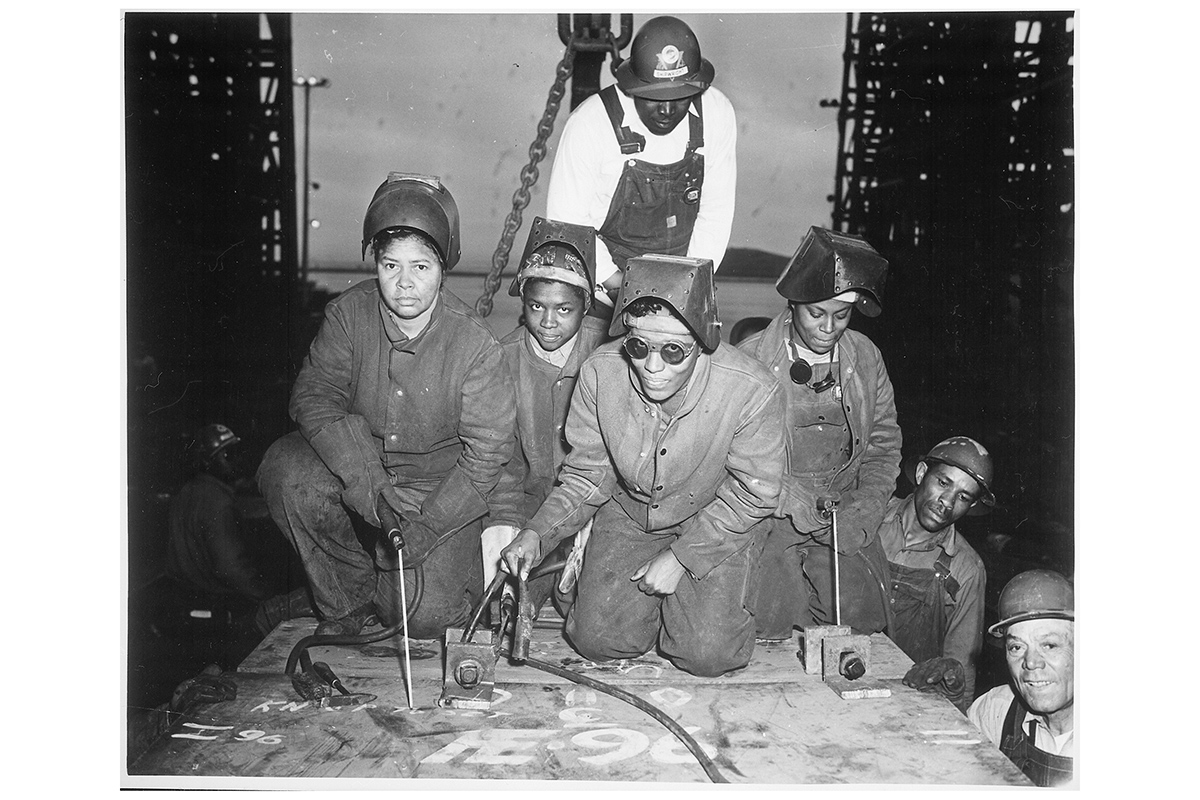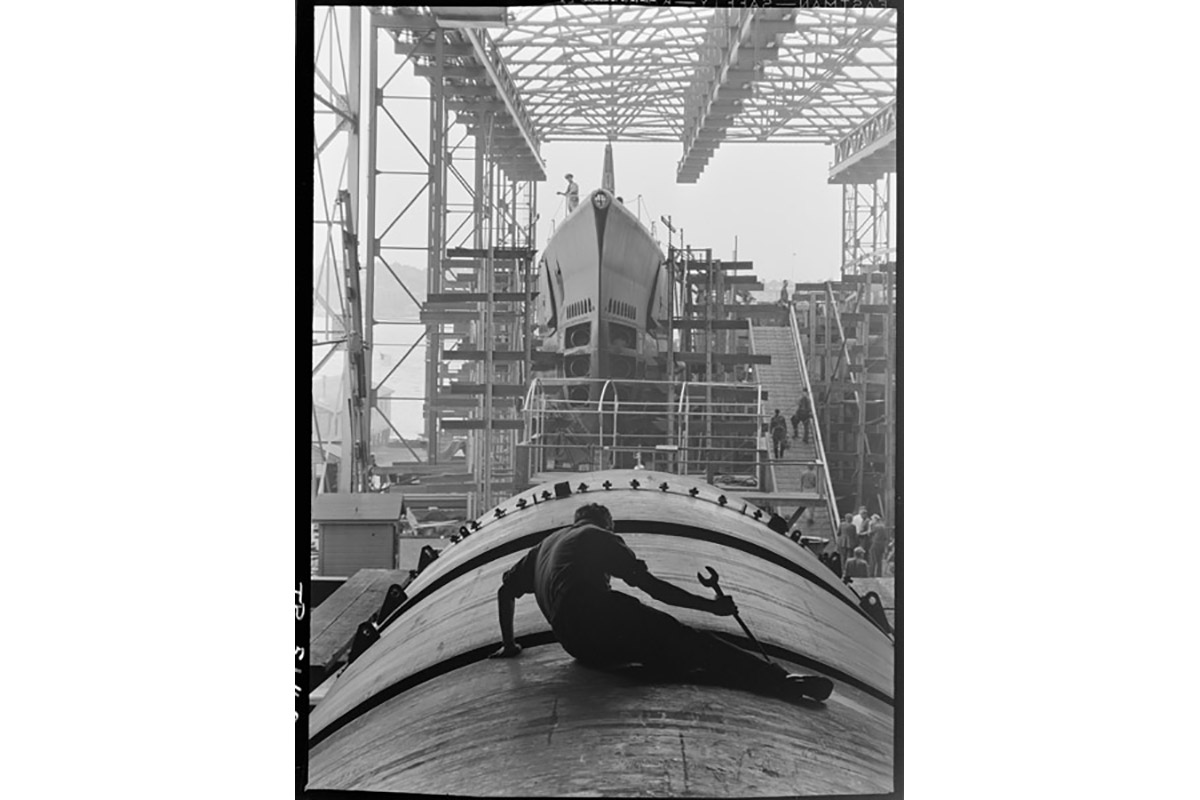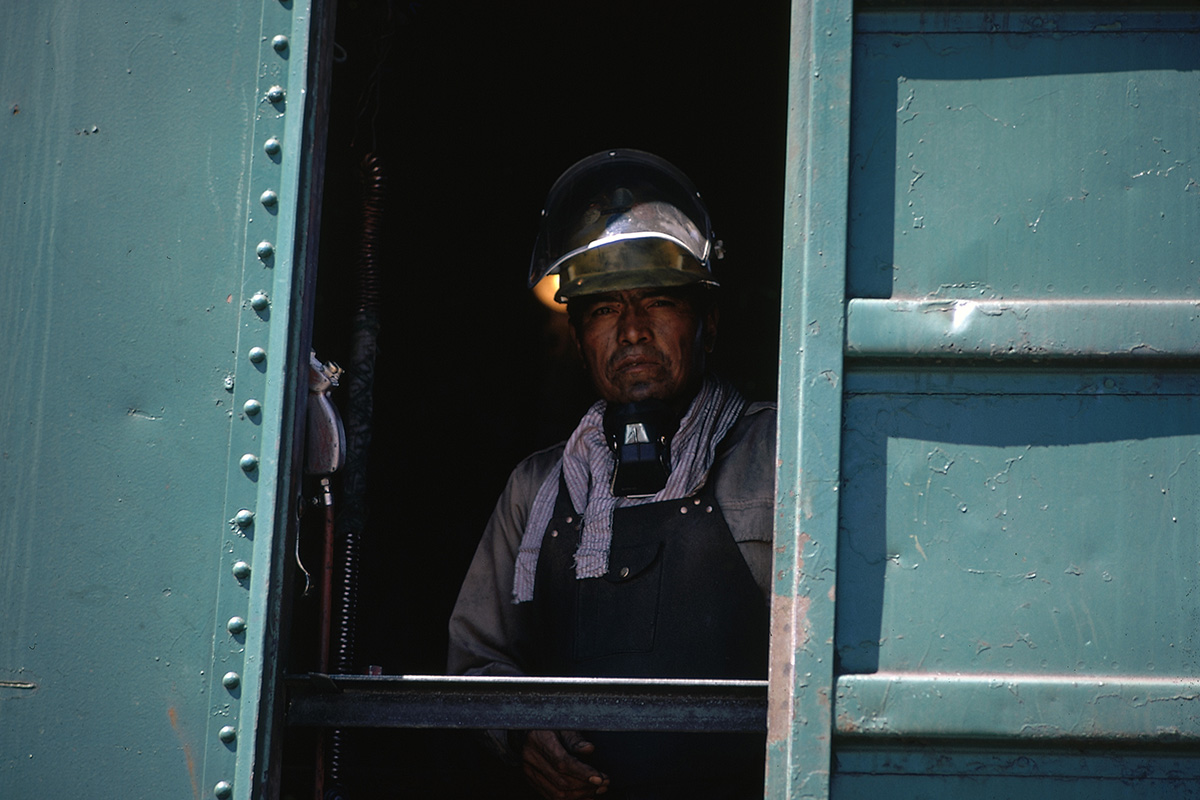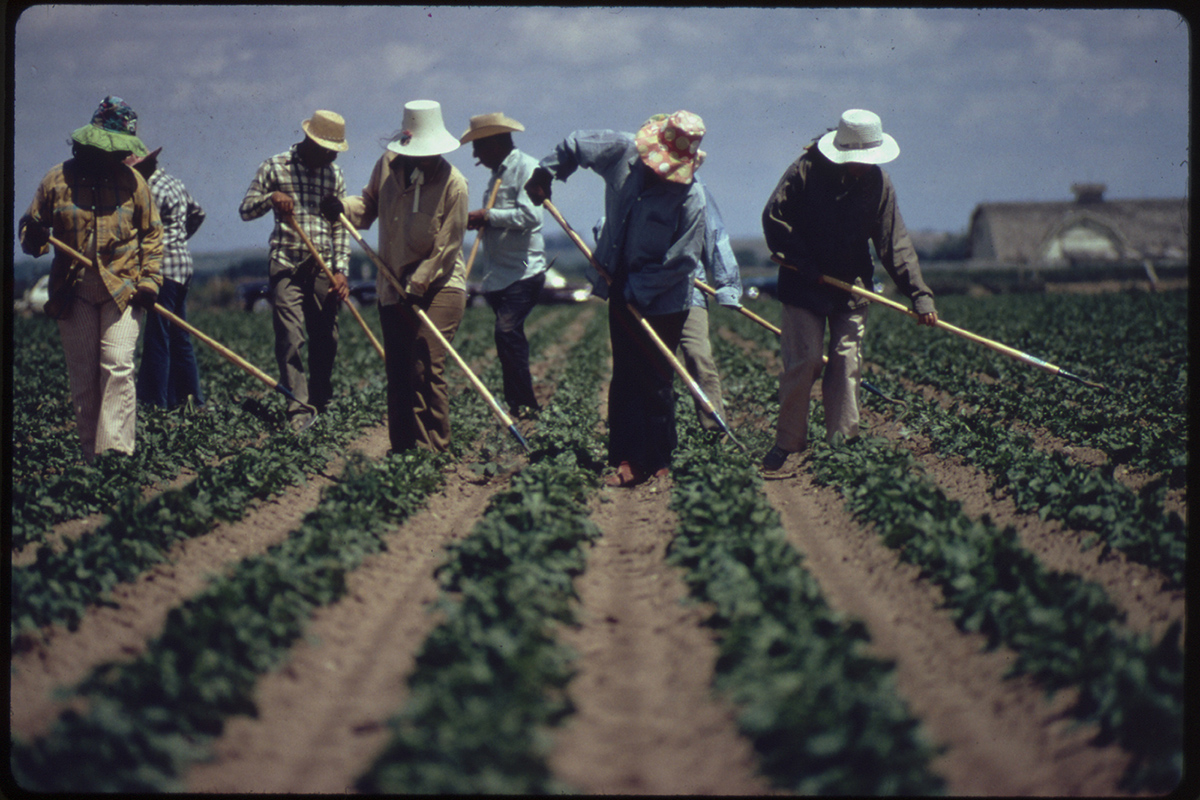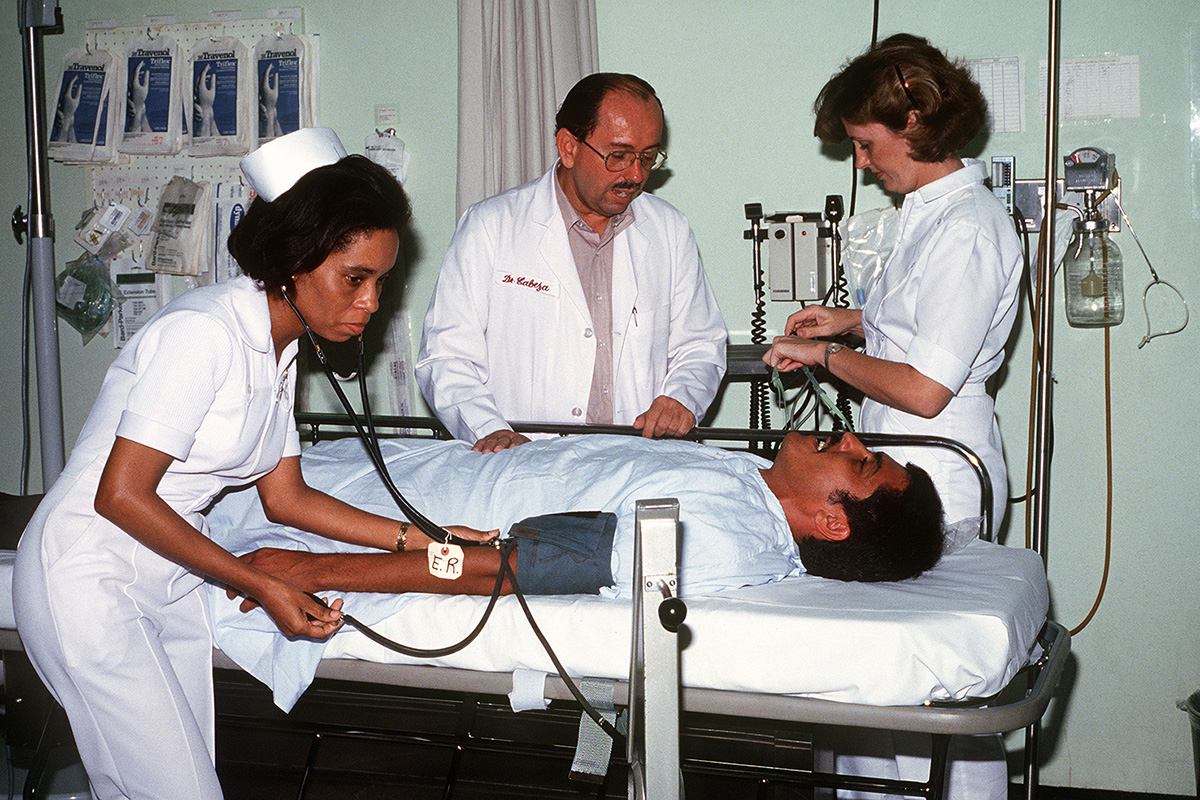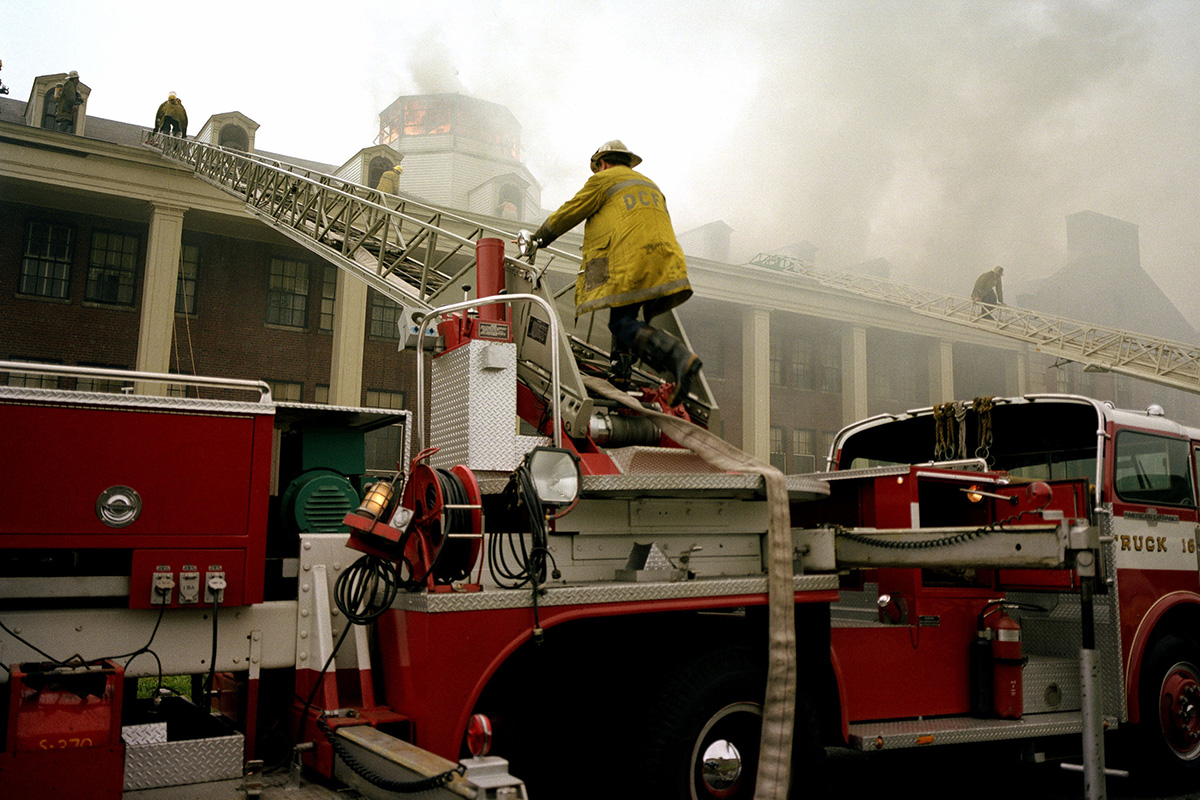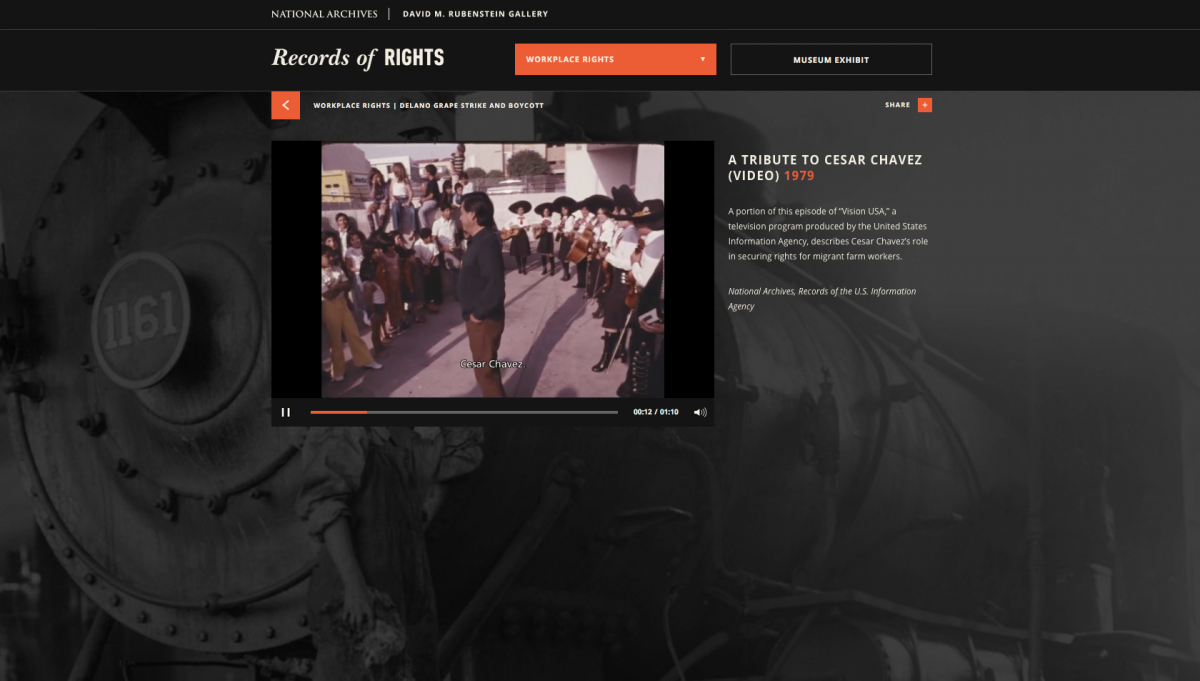
Labor Day
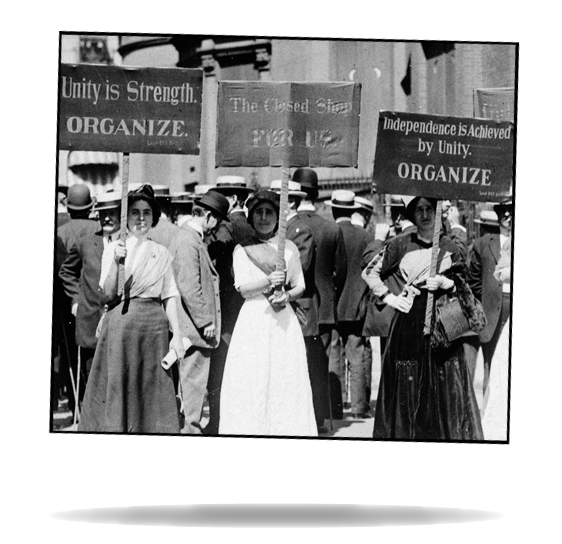 The National Archives and Records Administration holds records created or received by the U.S. Government on issues of labor and labor rights, including records on unions, strikes and responses, debates about women and children in the workplace, and the Government’s role in providing economic security and workplace rights. These records document and detail the struggle to define and assert workplace rights. We not only hold these records, we provide access to them. Search the National Archives Catalog for related records.
The National Archives and Records Administration holds records created or received by the U.S. Government on issues of labor and labor rights, including records on unions, strikes and responses, debates about women and children in the workplace, and the Government’s role in providing economic security and workplace rights. These records document and detail the struggle to define and assert workplace rights. We not only hold these records, we provide access to them. Search the National Archives Catalog for related records.
 Power & Light: Russell Lee's Coal Survey is an exhibit of photographs of coal communities by American documentary photographer Russell Lee. These images tell the story of laborers who helped build the nation, of a moment when the government took stock of their health and safety, and of a photographer who recognized their humanity. View the exhibit at the National Archives Building in Washington, DC.
Power & Light: Russell Lee's Coal Survey is an exhibit of photographs of coal communities by American documentary photographer Russell Lee. These images tell the story of laborers who helped build the nation, of a moment when the government took stock of their health and safety, and of a photographer who recognized their humanity. View the exhibit at the National Archives Building in Washington, DC.
Selected Images
A man cuts rivet iron into rivets at the Burden Iron Company Foundry, Troy, NY, during World War I. View in National Archives Catalog
A worker in the turbine power house of the Pennsylvania Railroad, 1924. Photo by Lewis Hine. View in National Archives Catalog
Hawaiian women pack pineapple into cans, November 20, 1928. View in National Archives Catalog
A workman on the framework of the Empire State Building, New York City. Photo by Lewis Hine. View in National Archives Catalog
The National Archives Divisions of Cataloging and Classification, January 15, 1937, Washington, DC. View in National Archives Catalog
Pharmacist William R. Carter with the Food and Drug Administration prepares media for testing the sterility of bandage material, ca. 1941–45. View in National Archives Catalog
Women riveters work on an aircraft wing panel at the Douglas aircraft plant at El Segundo, CA, in August 1943. Photo by Fenno Jacobs. View in National Archives Catalog
Welders Alivia Scott, Hattie Carpenter, and Flossie Burtos work on the SS George Washington Carver, Richmond, CA, ca. 1943. View in National Archives Catalog
A man works on the hull of a submarine at Electric Boat Co., Groton, CT, during World War II. Photo by Fenno Jacobs. View in National Archives Catalog
A Navajo construction worker at the Navajo Generating Plant in Arizona, May 1972. View in National Archives Catalog
Weeding sugar beets near Fort Collins, CO, June 1972. Photo by Bill Gillette. View in National Archives Catalog
Dr. Antonio Cabeza, Nurse Cathy Othon, and an emergency medical technician administer care to a patient in the Emergency Room at Gorgas Army Hospital, October 5, 1982. View in National Archives Catalog
A firefighter climbs the ladder of a hook and ladder truck, Anacostia Naval Station, June 19, 1983. View in National Archives Catalog
A man cuts rivet iron into rivets at the Burden Iron Company Foundry, Troy, NY, during World War I. View in National Archives Catalog
Labor and Woman Suffrage
The struggle for labor rights and the fight for woman suffrage often intersected. Portions of our exhibit Rightfully Hers: American Women and the Vote look at the contributions of working women and labor organizers.
In the early 20th century, young women painted the dials of watches and clocks with radium to create glow-in-the-dark faces. Many of the women, known as Radium Girls, became horribly disfigured, and many died horrible deaths. Learn about these women in "The Radium Girls at the National Archives" and in records in our Catalog.
The Triangle Shirtwaist Factory Fire of 1911 caused the deaths of 146 women and inspired reforms in labor practices. Read "A Factory Fire and Frances Perkins," and view photographs of the aftermath of the fire in the National Archives Catalog.

After the Triangle Shirtwaist Fire of March 25, 1911, a march on April 5 attracted thousands of women calling for safer working conditions and union representation.
Papers of the Women’s Trade Union League and Its Principal Leaders, supported by the National Historical Publications and Records Commission
"From Slave Women to Free Women: Black Women's History in the Civil War Era," an article in Prologue magazine exploring women's labor after slavery.

Native girls packing pineapple into cans. By Edgeworth, taken for the Katakura & Company, November 20, 1928. National Archives, Records of the Women s Bureau
The Way We Worked
The Way We Worked, a photo exhibition focusing on the history of work in America, was displayed in the Lawrence F. O'Brien Gallery of the National Archives Building in Washington, DC, from December 2005 to May 2006. Below are links to photographs and other content related to that exhibition.
Industrial Working Conditions, 1921
Within the Gates, 1930, looks at the employment of women in the textile and garment industries
Behind the Scenes in the Machine Age, 1930
Labor Day parade in Las Vegas, NV, 1931 (at 1:17)
Secretary of Labor Frances Perkins speaks in Detroit, 1934 (at 4:20)
A Nation-Wide System of Parks, 1939, Civilian Conservation Corp
Steel Town (Youngstown, OH), 1944
As the City Sleeps profiles the workers who labor through the night at San Francisco’s wholesale produce market
Batman Labor Ad for the Equal Pay Act, 1973
American Women and Social Change, 1974
President Ronald Reagan’s Radio Address on Labor Day, 1984
Records relating to Samuel Gompers (1850–1924) (Gompers was president of the American Federation of Labor and a member of the President's First Industrial Conference in 1919, and the President's Unemployment Conference in 1921
- Letter from American Federation of Labor President Samuel Gompers to Joseph Cannon
- Letter from Samuel Gompers, president of the AFL, to Mr. L. White Busbey
- Samuel Gompers’s correspondence when he chaired the Committee on Labor.
Records relating to The United States of America v. Eugene V. Debs. Debs, a leading member of the Socialist Party, gave an antiwar speech on June 16, 1918. He was indicted for violating the Espionage Act of 1917, convicted, and sentenced to Federal prison. Debs appealed the ruling to the Supreme Court, but the earlier verdict was upheld. He was sentenced to 10 years imprisonment and campaigned for the Presidency while in jail. In December 1921, President Harding commuted his sentence and he was released. Read "Free Speech on Trial" in Prologue magazine.
Frances Perkins: Honoring the Achievements of FDR’s Secretary of Labor
National Industrial Recovery Act of 1933
Fair Labor Standards Act of 1938
Records About Worker-Initiated Strikes and Employer-Initiated Lockouts, 1953–1981
Delano Grape Strike and Boycott 1965
Records About Wage Increases, 1971–1974
Records About Major Collective Bargaining Agreements, 1974–1995. U.S. Senate Select Committee on Improper Activities in the Labor or Management Field (so-called “Rackets Committee”) 1/30/57–3/31/60.
Records for the Study of Labor and Business History at the National Archives at San Francisco
Labor-related Records Groups
RG 9 - National Recovery Administration
RG 100 - Records of the Occupational Safety and Health Administration
RG 102 - Records of the Children’s Bureau (child labor laws)
RG 150 - National Bituminous Coal Commission
RG 174 - General Records of the Department of Labor
RG 220- President's Committee on Migratory Labor
RG 257 - Records of the Bureau of Labor Statistics
RG 432 - Records of the Economic Stabilization Programs
Prologue: Women Workers in Wartime: Personnel Records Offer Valuable Insight into Civilian Employees’ Lives
Prologue: African Americans and the American Labor Movement
Pieces of History: Russell Lee’s Coal Survey Exhibit
Pieces of History: Dolores Huerta: “Sí, se puede!”
Pieces of History: The Bracero Program: Prelude to Cesar Chavez and the Farm Worker Movement
Pieces of History: Celebrating Labor Day at America’s National Seashores
Pieces of History: The Calutron Girls
Pieces of History: On the Basis of Sex: Equal Pay
Pieces of History: Unratified Amendments: Regulating Child Labor
Pieces of History: Labor Day: Children at Work
Pieces of History: “You Can’t Dig Coal With Bayonets”
Rediscovering Black History: Dr. George Edmund Haynes: Social Crusader in Black Economics
Rediscovering Black History: Historical Background of the Seasonal Agricultural Worker Program
Rediscovering Black History: Blogs Related to the Panama Canal
Rediscovering Black History: I too, am Rosie
Text Message: Surveillance of a Worker’s Rights Icon: Emma Tenayuca’s FBI File
Text Message: You Load Sixteen Tons and What Do You Get?—Coal Records in the National Register
Text Message: Labor [Day] Related Records in the National Register of Historic Places
Text Message: Building a Radio Tower Atop Mount Washington
Text Message: Women at Work in the 1950s
Text Message: Documenting Labor Relations
Unwritten Record: International Worker’s Day and the Female Workforce
Unwritten Record: Engraving, Inking, Trimming: The Production of Paper Currency in 1914
Unwritten Record: Images of the Week: Lewis Hine
FDR Library
Address at the Dedication of the Samuel Gompers Memorial Monument, 1939
Audio: Labor Day Address, 9/5/1938
Audio: Labor Day Address, 9/1/1941: "We shall do everything in our power..."
Eisenhower Library
Records of the President’s Committee on Migratory Labor
Finding Aid to Eisenhower Library holdings on labor issues
Kennedy Library
JFK Legislative Summary on Labor Issues
JFK’s Address to the AFL-CIO’s 2nd Constitutional Convention, 10/31/57
JFK’s speech to the United Steel Workers, 9/18/58
JFK’s speech to the Amalgamated Clothing Workers of America, 5/14/58
JFK’s Labor Day message to youth of the nation, September 3,1962
"Face Off" radio program on Labor Laws and the Right to Strike, June 15, 1990
Photos
Labor Day weekend 1963, at Hyannis Port: JFK with Caroline Kennedy and JFK Jr., friends and ponies
Ford Library
Ford’s Labor Day Message, 1974
Ford’s Labor Day Remarks at the AFL-CIO Labor Day Benefit, 8/30/1975
Carter Library
Jimmy Carter at Labor Day Picnic for Labor leaders, 9/3/79
Reagan Library
Message on the Observance of Labor Day, 9/4/1981
Proclamation 4957 - Working Mothers' Day
Proclamation 5637 - The 75th Anniversary of the Department of Labor
Obama Library
PDF files require the free Adobe Reader.
More information on Adobe Acrobat PDF files is available on our Accessibility page.

